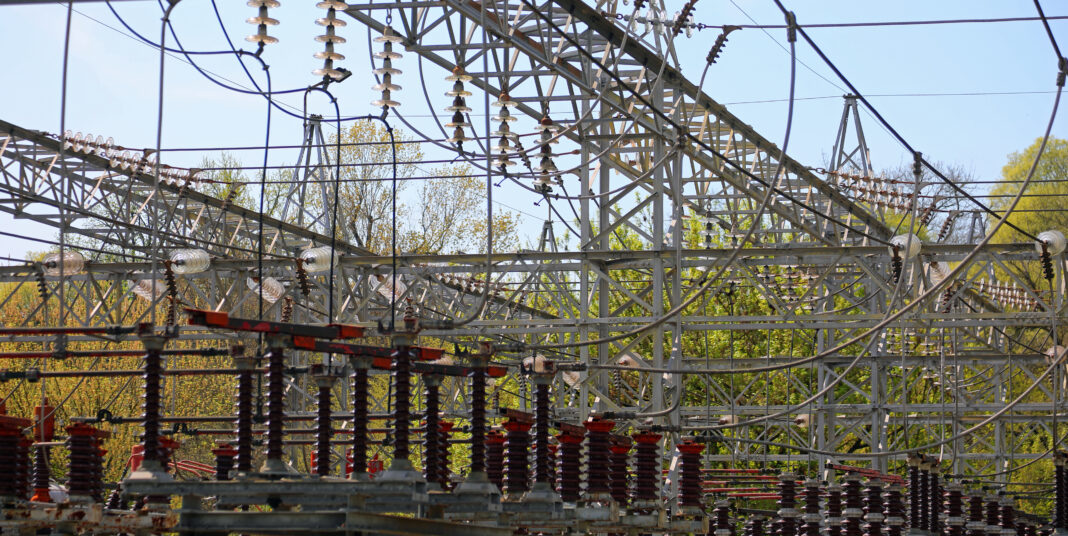New Jersey, the most densely populated state in the union, has diverse energy needs and faces a complex web of challenges in its pursuit of a sustainable energy future. From grid reliability to environmental stewardship, policymakers grapple with intricate trade-offs. Unfortunately, the state’s Energy Master Plan (EMP)—a strategic vision for energy production, distribution, and conservation—falls short in addressing critical issues.
Grid Interconnection Delays
PJM Interconnection, the nation’s largest grid operator, struggles to connect new electricity projects to its system. New Jersey, like other regions, grapples with serious deficiencies in interconnections, but PJM’s problems rank the worst among the seven regional power grids studied1.
Interconnection delays jeopardize power reliability, and clean energy projects—solar, wind, and storage—face prolonged delays. Ratepayers bear the brunt as costs escalate, and the benefits of renewable energy remain unrealized. Unfortunately, the EMP lacks specific strategies to address interconnection bottlenecks. While ambitious goals exist, translating them into actionable steps remains elusive.
Aging Power Grid
In many places throughout the state, New Jersey’s power grid is over a century old. Integrating new clean energy sources—such as solar and wind—poses challenges. Project delays due to grid connection issues lead to cancellations and disputes over cost allocations2.
Delayed clean energy projects, combined with resistance from environmental groups on natural gas projects, hinder ratepayers’ access to cost-effective energy. Aging infrastructure also affects grid stability and resilience. The EMP lacks a comprehensive plan for grid modernization. Upgrading transmission lines, substations, and distribution networks is essential but underemphasized.
Distribution System Constraints
South Jersey’s distribution system operates at capacity, hindering solar integration. Connecting residential solar systems becomes problematic, affecting homeowners and installers. Reduced solar adoption means missed savings opportunities. Grid constraints limit distributed generation and resilience.
Without targeted investments, solar growth remains stunted. The EMP must prioritize localized upgrades and incentivize distributed energy resources.
Resilience and Risk Management
New Jersey’s energy infrastructure faces natural and man-made risks—extreme weather events, cyber threats, and physical vulnerabilities. Ensuring resilience is critical. Storm-related outages disrupt daily life, causing economic losses and health risks. While the EMP acknowledges resilience, it lacks detailed plans for hardening infrastructure and diversifying energy sources.
Balancing Clean Energy Goals and Affordability
Governor Murphy’s goal of 100% clean energy by 2050 is commendable. However, achieving this without burdening ratepayers requires careful planning. Striving for cleaner energy often comes with costs. Balancing affordability and environmental targets is challenging. The EMP must address cost concerns explicitly. Incremental transitions and equitable policies are essential.
A Pragmatic Path Forward
New Jersey’s energy challenges demand pragmatic solutions. The EMP must evolve beyond aspirational goals to actionable strategies. Stakeholder engagement, targeted investments, and adaptability are key. Balancing affordability, reliability, and environmental stewardship remains the state’s energy tightrope.
Source(s)
1. PJM’s interconnection delays threaten clean-energy goals | NJ Spotlight …
2. NJ ready to pump $300M to upgrade electric power grid? | NJ Spotlight News
3. NJ Power Outage Tracker – NJ.com
4. State of New Jersey ENERGY SECTOR RISK PROFILE
5. New NJ bill mandates 100% clean energy by 2035 – NJ Spotlight News
6. Energy Master Plan – The Official Web Site for The State of New Jersey
7. The Aspirations and Economics of the New Jersey Energy Master Plan
8. New Jersey Energy Master Plan needs a reality check
9. Questions about cost remain after release of New Jersey clean energy …




